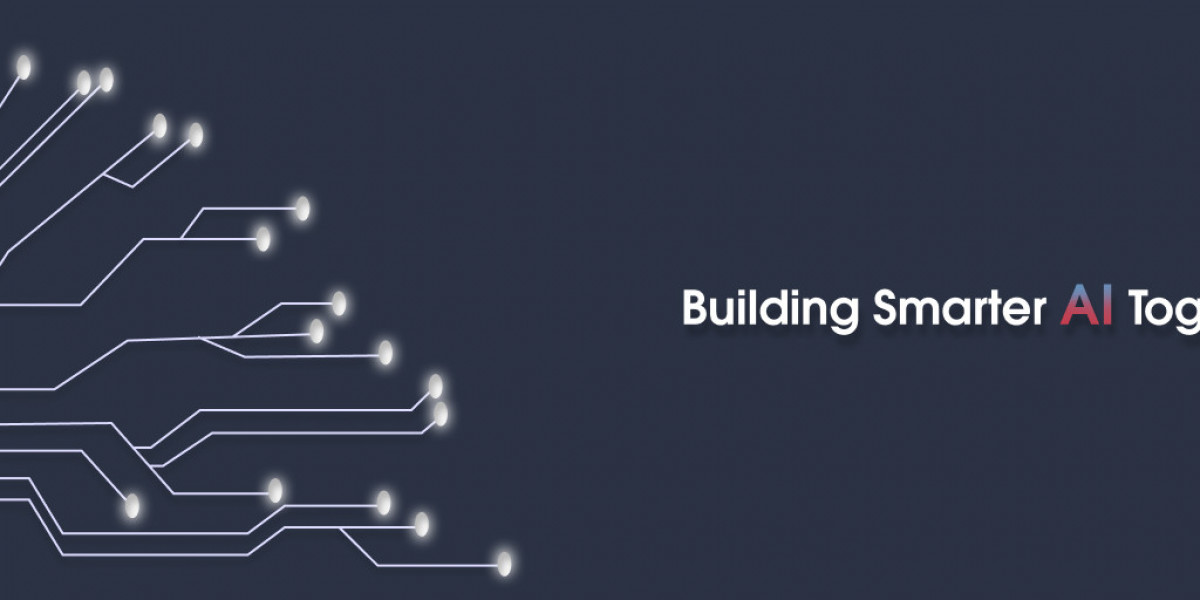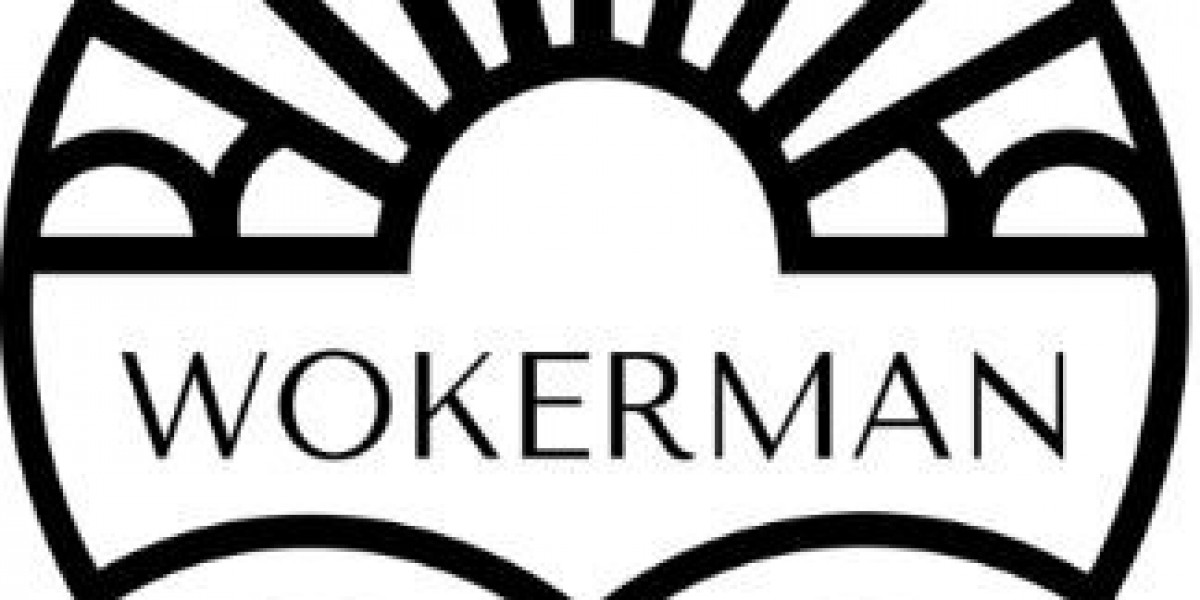Machines can now see and understand three-dimensional spaces with remarkable precision. This breakthrough comes from 3D point cloud annotation—a specialized process that transforms raw spatial data into structured information AI systems can interpret.
The global 3D point cloud annotation market is set to reach $4.5 billion by 2030, growing at an impressive 39% annually. This rapid expansion reflects increasing demand across autonomous vehicles, robotics, and spatial AI applications.
For teams building computer vision systems, mastering 3D point cloud annotation has become essential. The quality of your annotated training data directly impacts model performance and business outcomes, whether you're developing autonomous driving systems, industrial robots, or augmented reality applications.
What Are Point Clouds?
Point clouds are digital representations of object surfaces or environments captured through various sensing technologies. Each point cloud consists of individual data points collected by devices like LiDAR sensors, stereo cameras, or photogrammetry equipment.
These datasets vary dramatically in size—from hundreds of points representing simple objects to billions of points mapping entire urban landscapes or industrial facilities. Each point contains spatial coordinates (typically X, Y, Z values) and often additional attributes like color, intensity, or timestamp information.
Point clouds can be captured in different coordinate systems:
- Cartesian coordinates: Standard X, Y, Z positioning
- Spherical coordinates: Distance, horizontal angle, and vertical angle
- Cylindrical coordinates: Used for tunnel or pipeline mapping
Regardless of the original capture method, point clouds are typically standardized into XYZ coordinates for processing compatibility across platforms and frameworks.
How 3D Point Cloud Annotation Works
3D point cloud annotation involves labeling objects, surfaces, and spatial relationships within three-dimensional datasets. This process converts unstructured spatial data into machine-readable format that AI algorithms can understand and learn from.
Several annotation techniques serve different purposes:
Bounding Box Annotation creates three-dimensional boxes around objects, defining their boundaries in space. This approach works well for object detection tasks and offers compatibility with popular datasets and frameworks.
Semantic Segmentation assigns each point a specific class label—road, building, person, or vehicle. This technique provides precise boundary detection essential for high-stakes applications like medical imaging or quality inspection.
Instance Segmentation goes further by distinguishing between individual objects of the same type. Instead of just labeling all pedestrians, it identifies each person separately, even in crowded environments.
Temporal Annotation tracks objects across multiple point cloud frames over time, enabling systems to understand movement patterns and behaviors—like a car slowing before turning.
Applications of 3D Point Cloud Annotation
Autonomous Vehicles
Self-driving cars rely on LiDAR-generated point clouds to navigate safely. Annotated datasets help these systems recognize vehicles, pedestrians, lane markings, and obstacles in real-time, enabling split-second safety decisions.
Robotics and Industrial Automation
Robots need spatial awareness to function in changing environments. Annotated point cloud data provides the understanding necessary for navigation, collision avoidance, and object interaction in industrial settings like quality inspection and automated assembly.
Augmented and Virtual Reality
AR and VR experiences require digital content that matches the physical world precisely. Point clouds capture detailed 3D environment representations, and proper annotations allow virtual elements to respond naturally to real-world structures.
Construction and Architecture
Building projects demand extreme accuracy. Annotated point clouds document construction sites, detect design conflicts, and track project progress. They also support digital twin creation—virtual replicas used for planning, maintenance, and performance monitoring.
The Growing Market for 3D Point Cloud Annotation
The explosive growth in 3D point cloud annotation reflects broader trends in AI adoption and spatial computing. Several factors drive this expansion:
Autonomous vehicle development continues accelerating, with companies investing billions in self-driving technology. Each autonomous system requires massive amounts of annotated training data to operate safely across diverse driving conditions.
Industrial automation is transforming manufacturing, with robots handling increasingly complex tasks. These systems need detailed spatial understanding provided by annotated point cloud data.
Smart city initiatives worldwide are generating demand for geospatial analysis and environmental monitoring. Drones and aerial LiDAR collect vast amounts of spatial data requiring annotation for urban planning and infrastructure management.
The rise of extended reality (XR) technologies—encompassing AR, VR, and mixed reality—creates new markets for spatial computing applications that depend on accurately annotated 3D data.
Building Your Annotation Strategy
Success in 3D point cloud annotation requires careful planning and execution. Start by establishing consistent labeling standards across your team. Define clear naming conventions and maintain standardized attribute definitions to ensure data uniformity.
Consider implementing attribute-based systems that capture nuanced variations without creating separate labels for every object state. This approach scales better and provides more flexible data representation.
Address common challenges proactively. Point clouds inherently contain occlusion where hidden surfaces don't appear in data. Objects closer to sensors appear more detailed while distant objects seem sparse. Environmental factors can introduce noise that affects annotation quality.
Quality assurance protocols ensure reliable results. Implement multi-pass review processes, establish consensus procedures for ambiguous cases, and use automated validation scripts to check label consistency.













